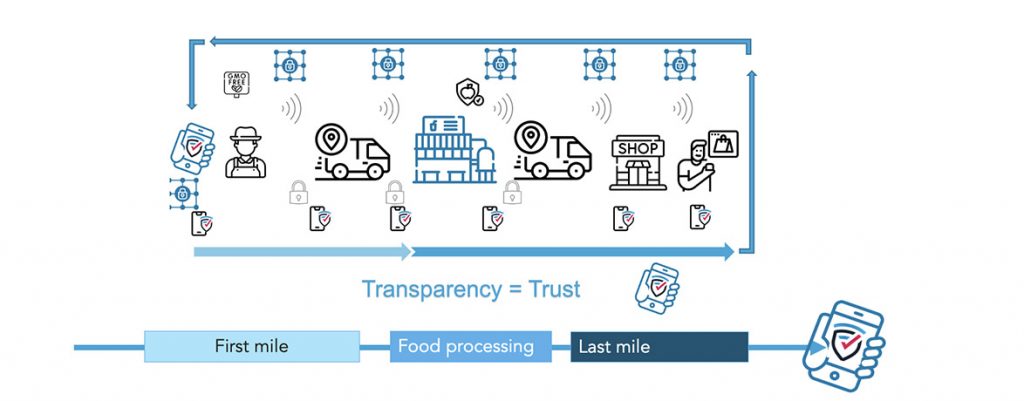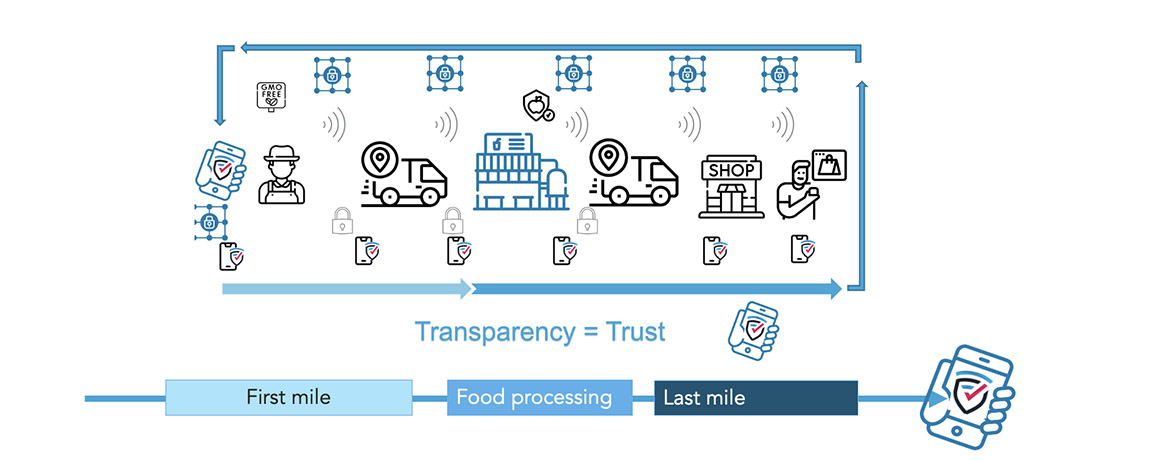Radical transparency has been growing in popularity in recent years. It has become a popular alternative to traditional, more bureaucratic management and employee review processes. Companies that implement radical transparency see results not only from the employees who are made aware of the process but also from those who aren’t. This article highlights some benefits of radical transparency, discusses its implications within organizations, and discusses where radical transparency is headed in the future.
What is radical transparency?
Radical transparency is a management approach in which employees have access to all relevant information about the company and their work. The goal of radical transparency is to increase trust between superiors and subordinates through a better understanding of each other’s activities, motivations, and skills. Radical transparency is growing in popularity as more organizations look to increase employee engagement, decrease bias, and eliminate the need for informal networks by providing more information and control of the decision-making process. The adoption of radical transparency has grown significantly in large organizations and increasingly in smaller ones.

Why implement radical transparency?
Radical transparency is a powerful management approach because it increases trust between managers and employees. It also helps employees feel more autonomous while they are working. Transparency builds trust because managers and employees can both make informed decisions because they understand the information that is available to them. Trust is also strengthened when employees understand how their managers make decisions, especially in situations when individual employees have particular input. Radical transparency also gives managers and employees more control over their work. Employees are no longer treated as “black boxes” who are hired and expected to produce results autonomously.


